Member of the Month: Elaine Hernandez
Sara Curran, Selena Ortiz, Muntasir Masum, Sung ParkElaine Hernandez is an Assistant Professor of Sociology at Indiana University Bloomington. Her research examines the structural forces that contribute to social inequalities in health. Primarily, Elaine focuses on the persistent association between sociodemographic factors and health and isolating key points when sociodemographic differences or inequalities begin (or emerge) or are reproduced over time. In her work, she uses a variety of methodological approaches and data to creatively examine and explore these associations.
You can follow Elaine on Twitter @e_hernandez8
Please share how your work relates to the issues and concerns that are emerging as a result of the COVID-19 pandemic.
I aim to understand the structural and social processes that generate and reproduce health inequities. The equitable distribution of vaccines offers a prime example. During the 2009-10 H1N1 pandemic, I entered the field the month that the H1N1 vaccine became available to pregnant individuals. I wanted to understand how medical advances, like a new vaccine, can have unintended consequences by prompting health inequities. In a paper in Social Networks, colleagues and I show how people with higher levels of educational attainment and more social capital were more likely to receive the vaccine. Amid pregnant individuals with access to prenatal care, educational attainment stratified access to college-educated H1N1 supporters, and knowing more college-educated vaccine supporters predicted vaccination. In this way, network processes contribute to producing, and reproducing, unequal health. This exact process has occurred in 2021 as the vaccine became available. Facing limited supplies, educational attainment—with all the benefits it affords—and social capital have been key in determining who receives the vaccine.
These findings have important implications for policies and protocols. First, policies that are applied universally or equally can help narrow inequalities. For example, I found that when health clinics implement protocols equally for all patients, rather than allowing those with more privileges and resources to push for better care, these policies can preempt inequalities. Providers and patients spent less time talking about the topic, and, in this example, all patients had their blood levels tested. But this is not enough. The second point is that we need to interrogate these policies to aim for equity, to remedy centuries of inequities, discrimination, and racism. Public health and medicine are replete with examples of universally applied, “race-neutral” policies that exacerbate inequities. We need to constantly reflect on our policies and protocol, evaluating and testing whether they have unintended consequences.
Finally, earlier this year I was a member of the Indiana State Health Department committee on vaccine allocation. This opportunity allowed me to pair research with action, offering recommendations to prioritize health equity. For example, to center equity and reduce risk of infection, states could remove barriers by bringing the vaccine to locations of prior outbreaks (e.g., factories, meat-packing plants, prisons, jails, etc.). Informing these types of policies and protocols has been a different experience for me because policy decisions are bounded by legal and political constraints. Even so, I appreciated the opportunity to help inform decisions for our state.
We’d like to hear your thoughts and understandings about how COVID-19 disproportionately impacts vulnerable communities, such as the homeless, undocumented, low-income, and racial/ethnic minority populations.
April 2020 was a frustrating month. As COVID mortality rates increased, we observed the same racial, ethnic, and socioeconomic inequities so many of us study. But the national conversation focused on individual responsibility, “if people just took better care of themselves, they would fare better in the face of COVID infection.” We know this is wrong, that structural and social factors pattern opportunities, barriers, and stressors over the life course, with advantages accumulating among those who are the most privileged.
As the pandemic swept across the country, it shined a spotlight on these inequities. After facing a lifetime of disadvantages, Black, Indigenous, and Latinx people were already on unequal footing, particularly those who are low income without sufficient access to health care. These inequities are unsurprising but watching them occur was traumatic. Courtney Boen, Richard Carpiano, and I wrote an op-ed to explain that “Inequities in COVID-19 are tragic but preventable.” We offered specific policy recommendations to help ameliorate the vast inequities we were witnessing. The op-ed was covered by Ed Yong in The Atlantic, helping to raise awareness about the roots of inequities in COVID and policies to tackle them.
Current population health efforts are focused on containing the spread of the virus. Going forward, what population health investments and policies are necessary to best prepare for and prevent future public health catastrophes?
This past year has been both disheartening and hopeful.
First, I recommend learning from the past. Although each pandemic is unique, we are repeating many of the same mistakes, such as our lack of attention to adequate ventilation in indoor shared spaces.
Second, now more than ever we need to add chairs to the table. Population health experts are grossly underrepresented on state and federal level teams tackling the current pandemic. We need to invite those who have been trained to use a population level lens and do so in a way that ensures that their lived experiences are as diverse as the problems they aim to solve.
Third, we need to use an intersectional lens to study population health – to study race, ethnicity, racism, social class, gender, disabilities, and more.
Fourth, we need continue to collaborate across disciplines. Members of IAPHS are already quite adept at interdisciplinary collaboration. But we need to push ourselves to the limits of our understanding, to be uncomfortable, listen, and learn from others.
Finally, we need make every effort to listen to people whose lives are most affected by the topics we study. This means elevating research that is collaborative with people outside of academia, much like we see with the RWJ Interdisciplinary Research Leaders program. Strengthening these ties and honing these skills will position us to better respond to the variety of needs that will arise in the future.
What are some of the long-term implications of COVID-19 on population health?
We will be studying COVID-19, and the ripple effect it has on population health, for generations. One topic that intrigues me is the attention that will be devoted to viruses. I suspect that we will continue to learn more about how many chronic illnesses have their roots in viral infections. As we learn more about the biological etiology of chronic illnesses, though, it will remain important to consider how the structural and social context pattern exposures over the life course.
Tell us about your professional journey and how you ended up studying (Interviewee’s main area of training)?
In many ways, this pandemic represents my research interests coming full circle. My dad is a retired pathologist who entered his practice at the height of the HIV/AIDS epidemic in the mid-1980s. He worked closely with Mike Osterholm, then the Minnesota Department of Health (MDH) state epidemiologist, to educate health care providers about how HIV was spread and reduce stigma around interpersonal interactions with patients infected with HIV. When I decided to pursue an MPH, Osterholm graciously mentored me. I distinctly remember him making time for a group of us (all women) to meet the director of the CDC at the time, Julie Gerberding. Opportunities to learn from others like us can be so pivotal.
Likewise, gaining firsthand exposure to research, policy, and communications during my MPH helped shaped my professional journey. I interned at the Veteran’s Affairs medical center in Minneapolis, with Michelle van Ryn and Diana Burgess, as well as MDH in policy and communications. These internships cemented my decision to pursue a PhD in medical sociology, followed by postdoctoral training in health demography. Along the way it is the people who have made the difference for me, including my PhD mentor Rob Warren, and postdoctoral mentors Bob Hummer, Deb Umberson, and Mark Hayward. It is a good reminder to continue to pay it forward for the next generation of population health scholars.
Can you summarize for us something you’ve been working on recently?
As vaccinations have rolled out in the U.S. there has been a lot of discussion about vaccine “hesitancy.” A team of health economists and I have decided to use an intersectional perspective to examine vaccine decision making. Medical decisions generally involve a process of deliberation, and vaccine decision making is no different; it is normative to have questions and concerns. When we examine intentions and concerns by race, ethnicity, age, and gender we see considerable variation. Vaccine “hesitancy” is consistently low among those who are older, regardless of race/ethnicity; the racial/ethnic differences we observe occur among younger Black and Latina women. These findings are concerning because there are misinformation campaigns on social media platforms directed at these younger women of color, intended to spark concerns about fertility or the safety of being vaccinated during pregnancy.
How is interdisciplinary work necessary for the topics you study?
I find it hard to fathom answering complex questions about health inequities without using multiple perspectives. Borrowing from the theory of structural holes, building bridges and interdisciplinary collaborations helps strengthen my research, and fosters new ideas. This is precisely why I decided to become a member of IAPHS.
Favorite population health relevant academic/news/etc. article(s)?
It’s difficult to pick a favorite—I have been in awe of the amazing work that has come out in a variety of publications this year. One benefit of being on Twitter is being able to stay up to date with the literature as well as news articles.
Favorite movie, band, non-fiction, book?
I recently re-watched a favorite moving from my childhood, “The Milagro Beanfield War,” directed by Robert Redford. The movie is set in New Mexico, near where my family is from. It touches on topics that are so relevant for today, including issues of race, ethnicity, class, and power among people in a place with amazing beauty.
Hobbies?
This is a good question because it reminds me to set work aside and focus more on my hobbies, something I encourage my students to do! I enjoy spending time on the nearby lakes, kayaking and paddle boarding. Time permitting, I also enjoy gardening, and if I can wrangle friends into it, salsa dancing.

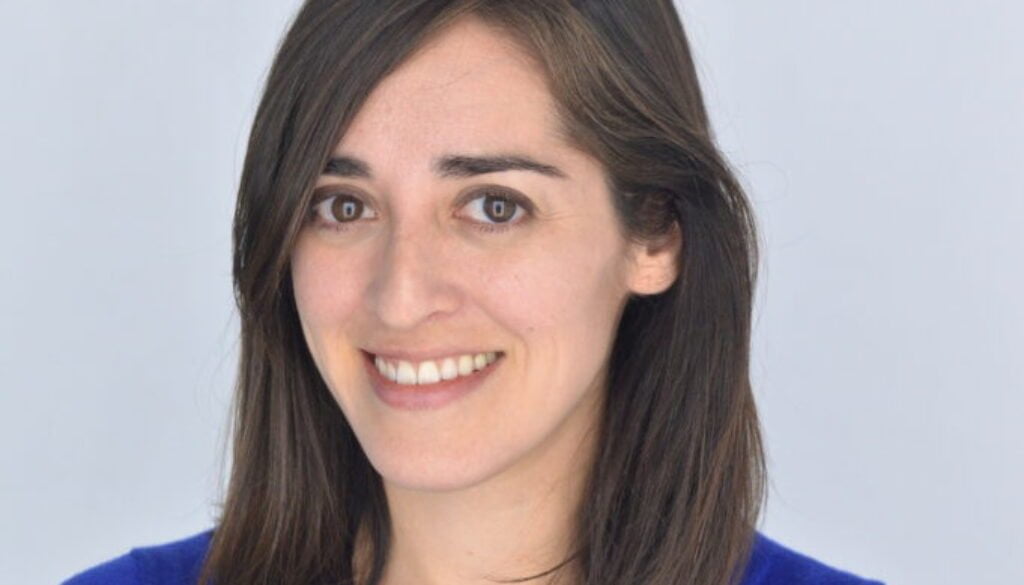

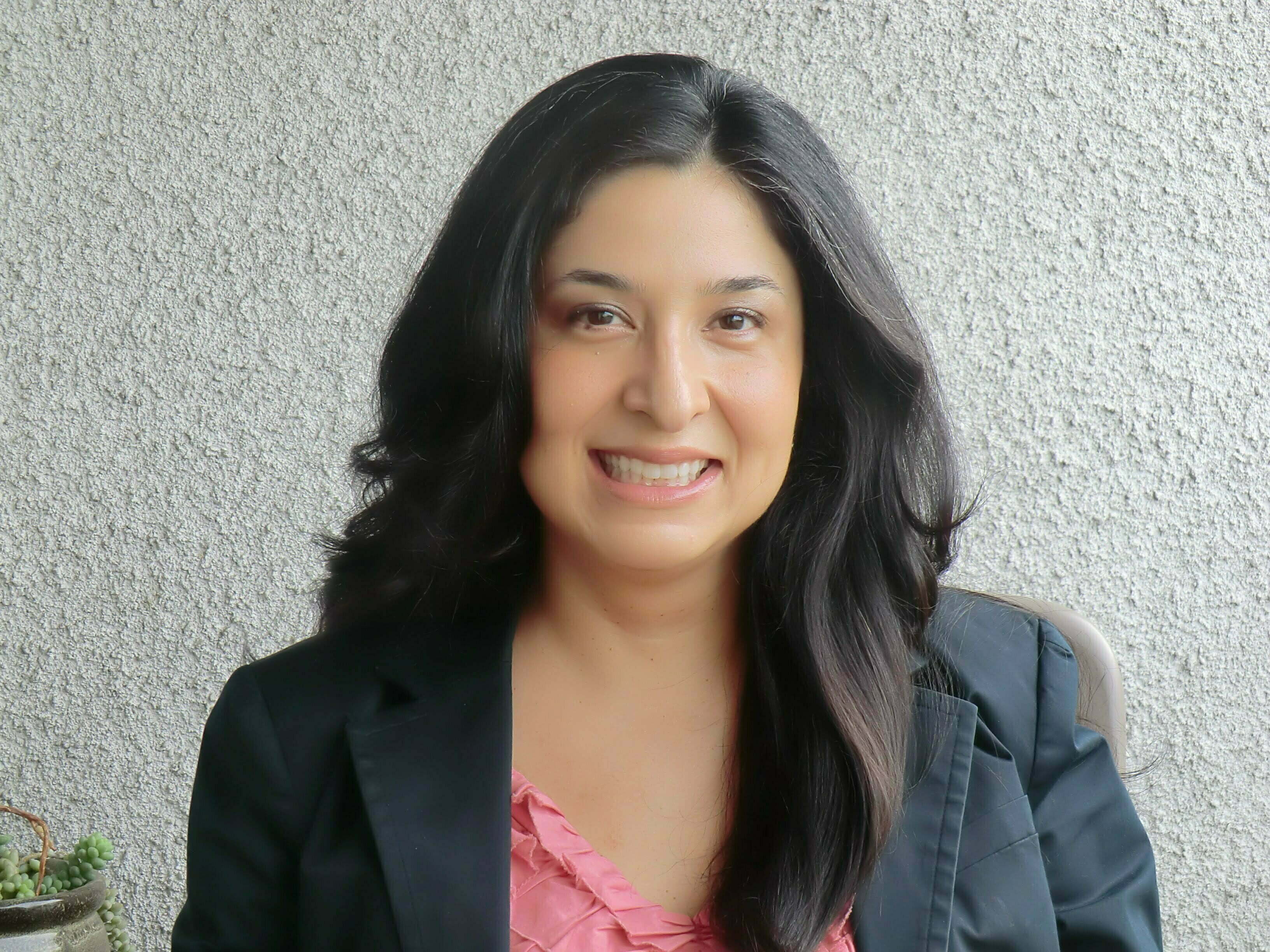
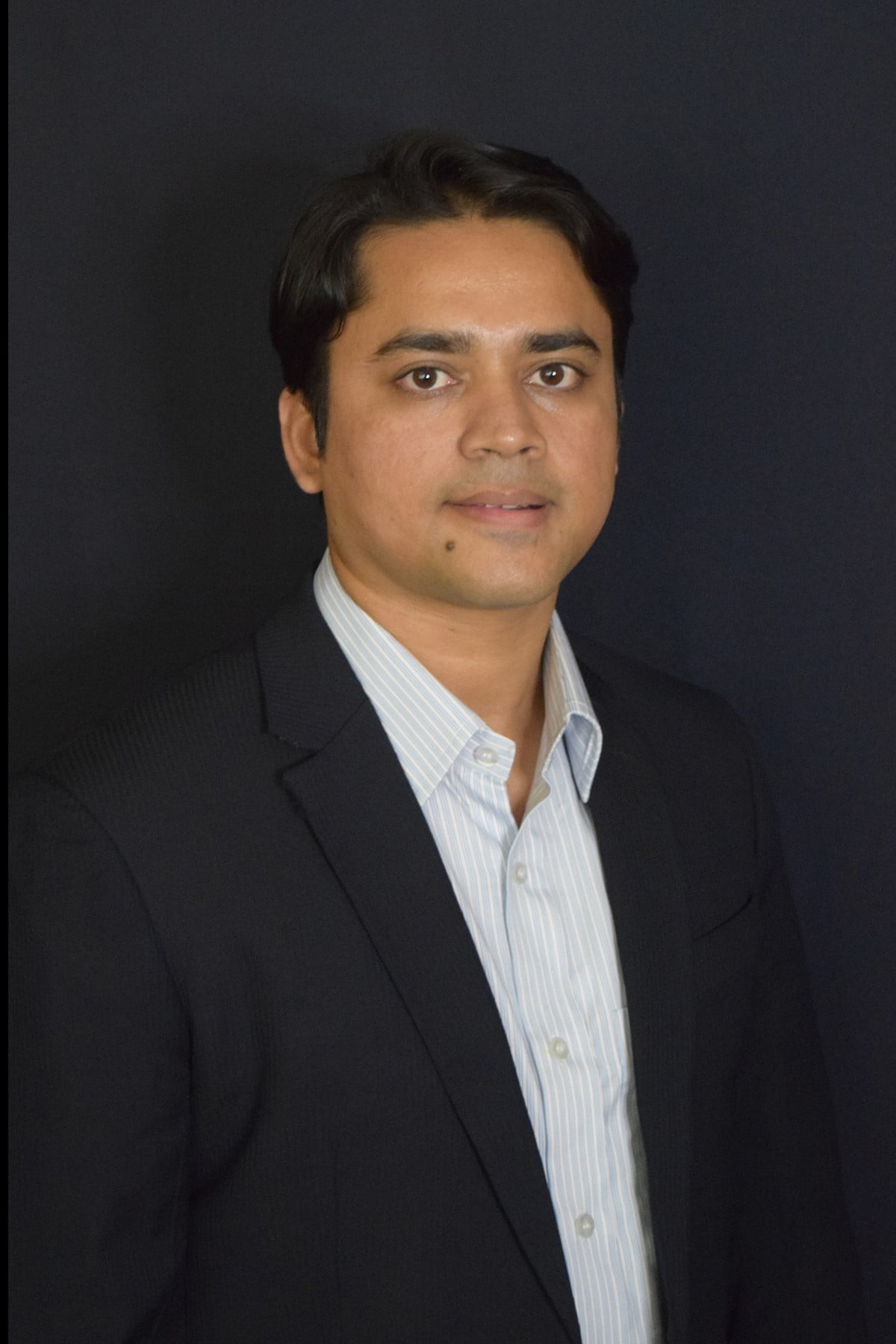
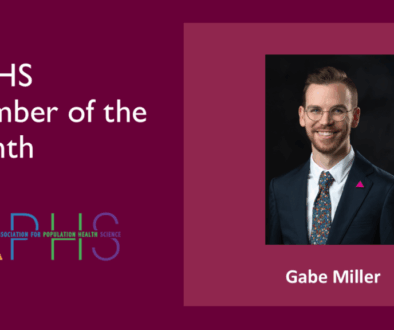
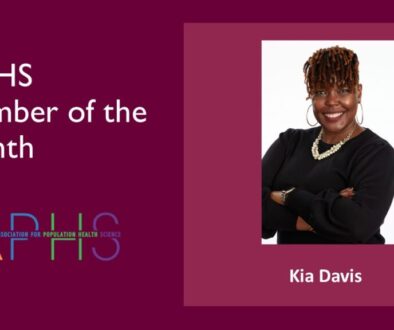

All comments will be reviewed and posted if substantive and of general interest to IAPHS readers.